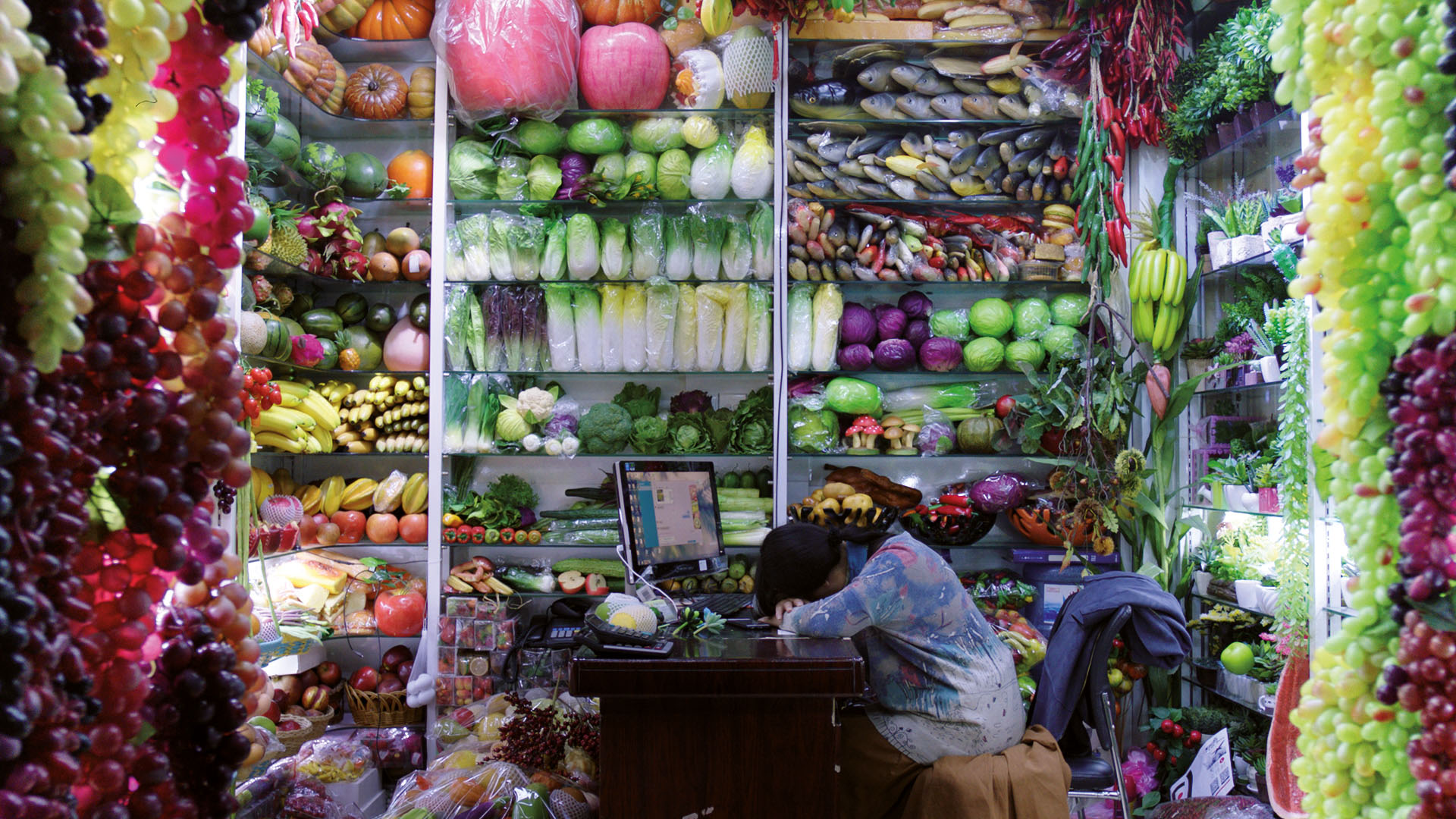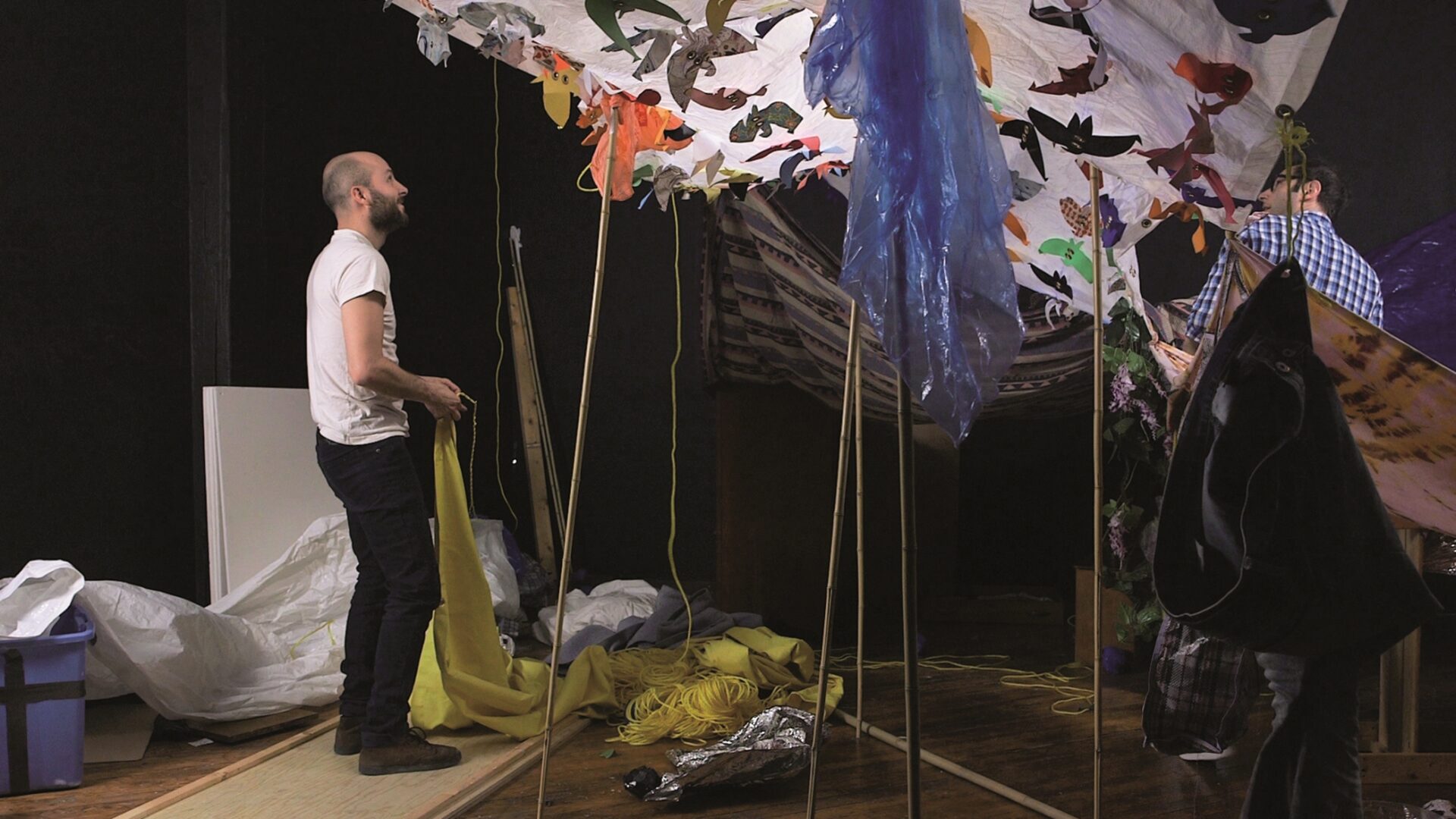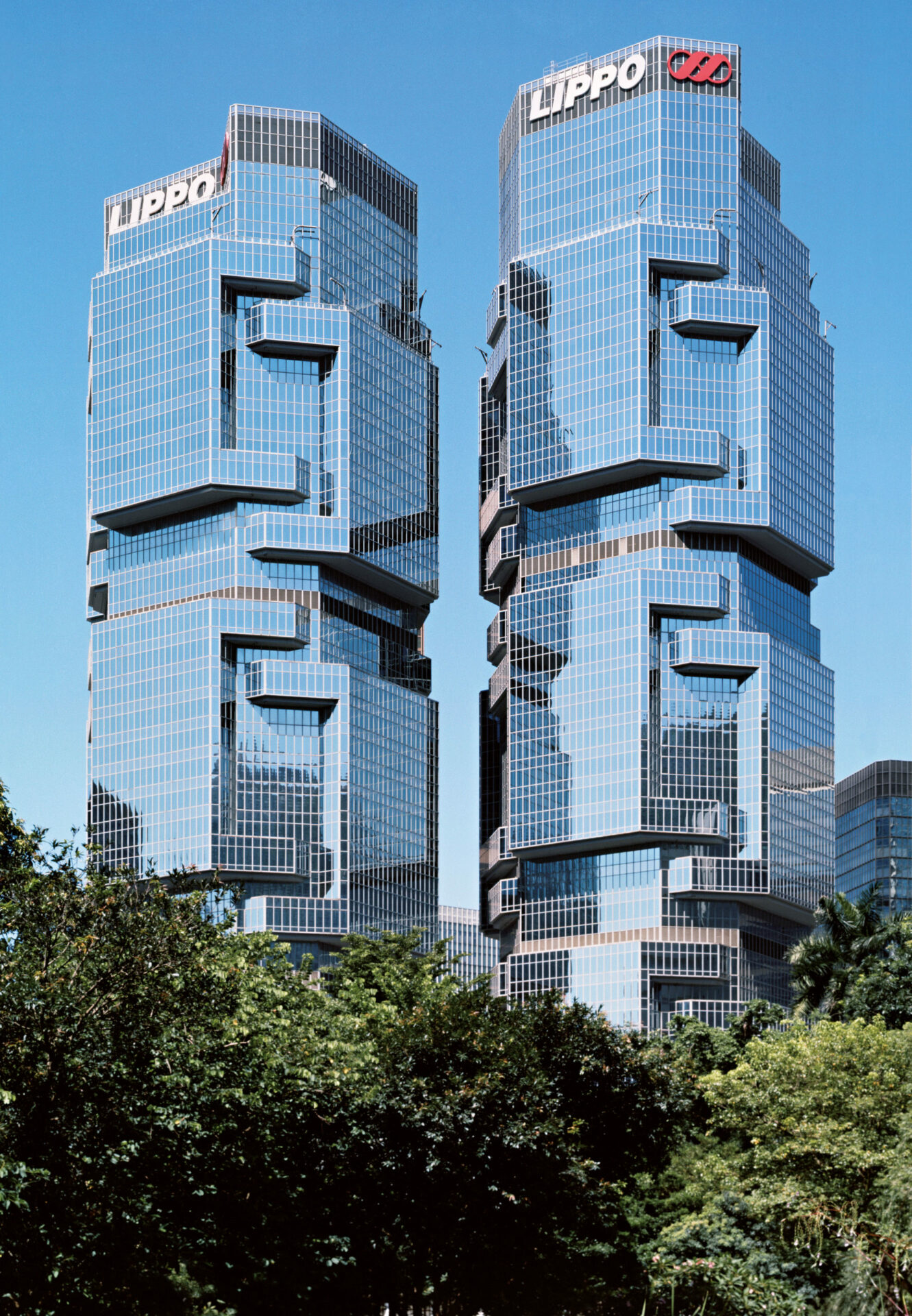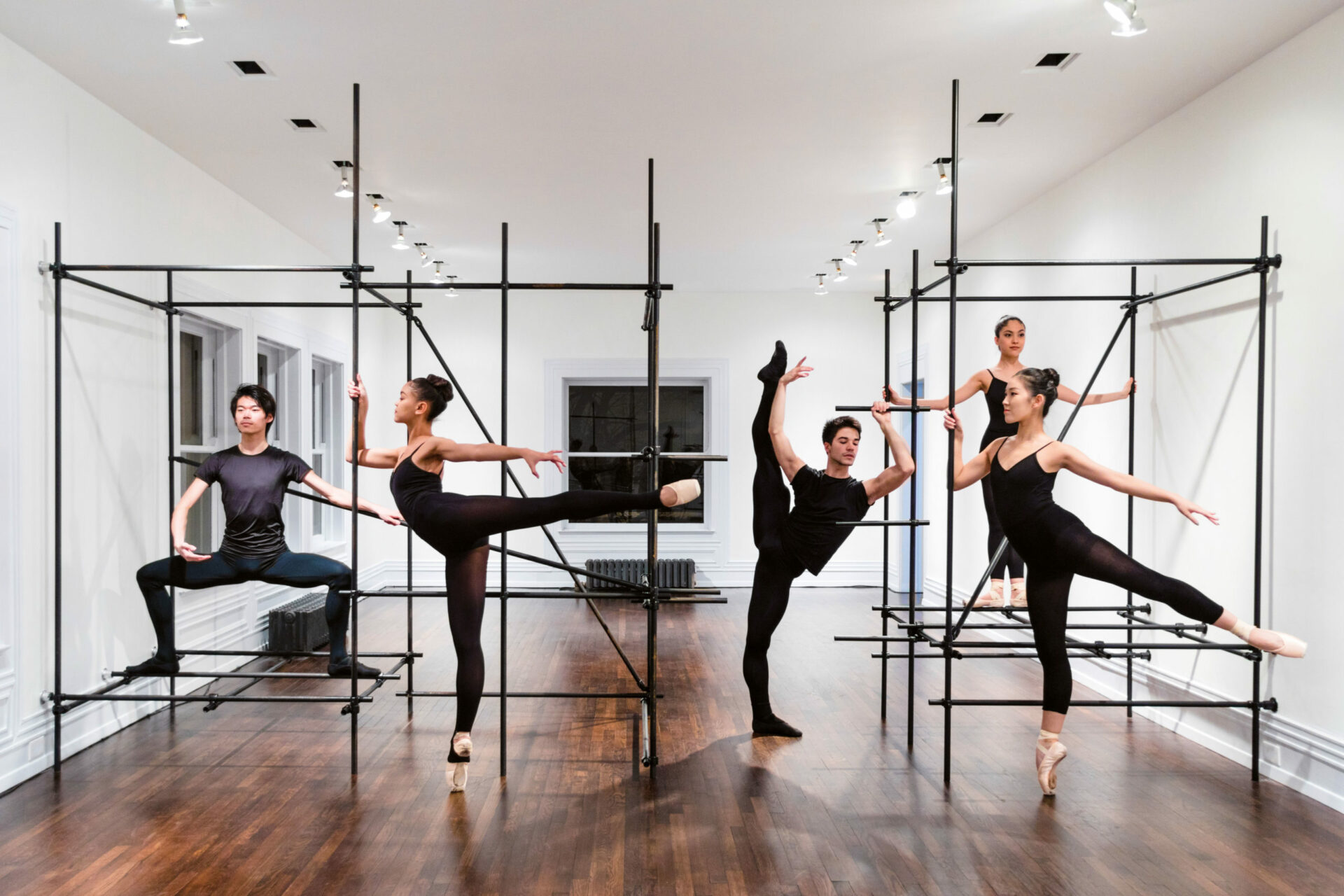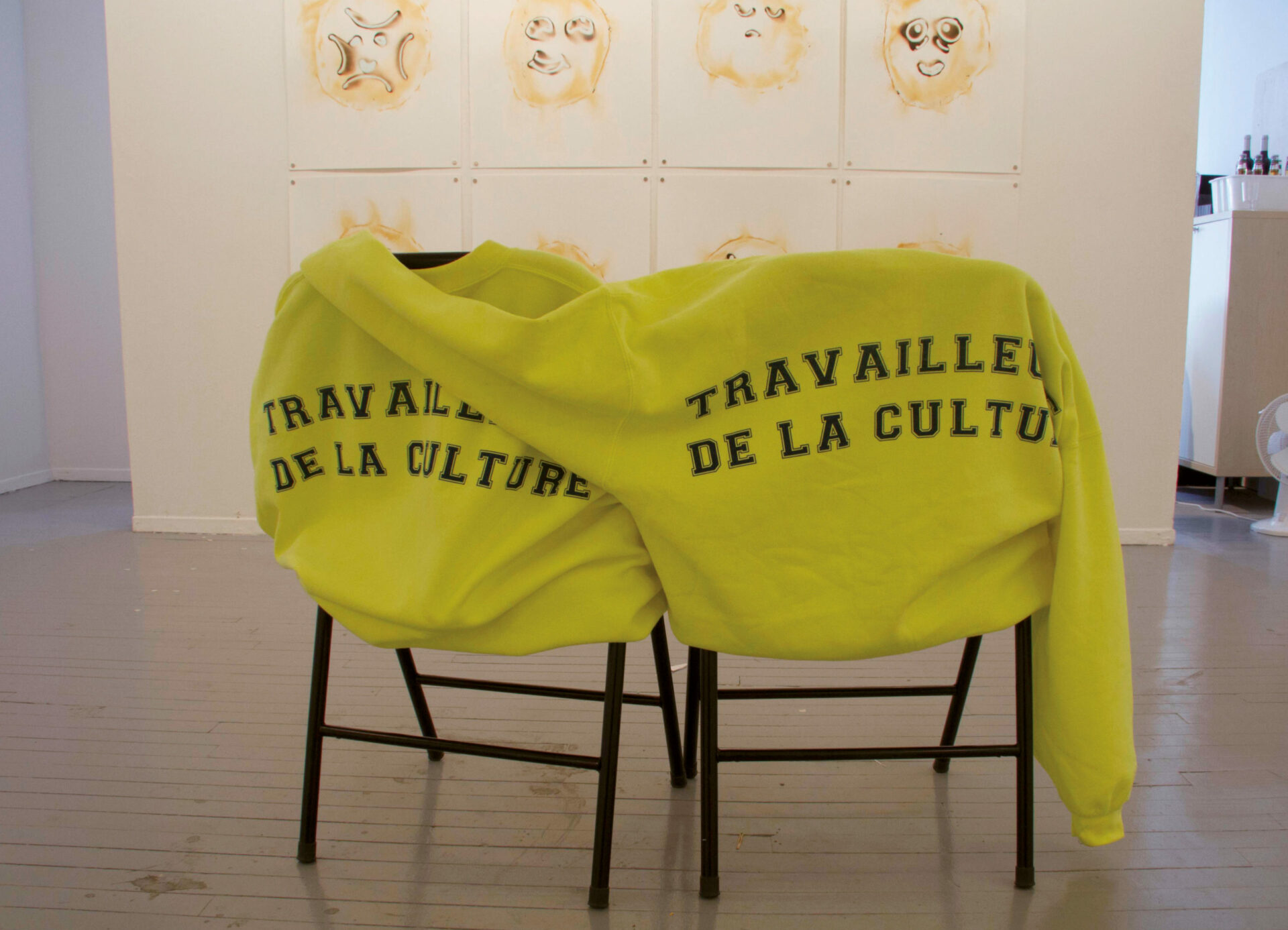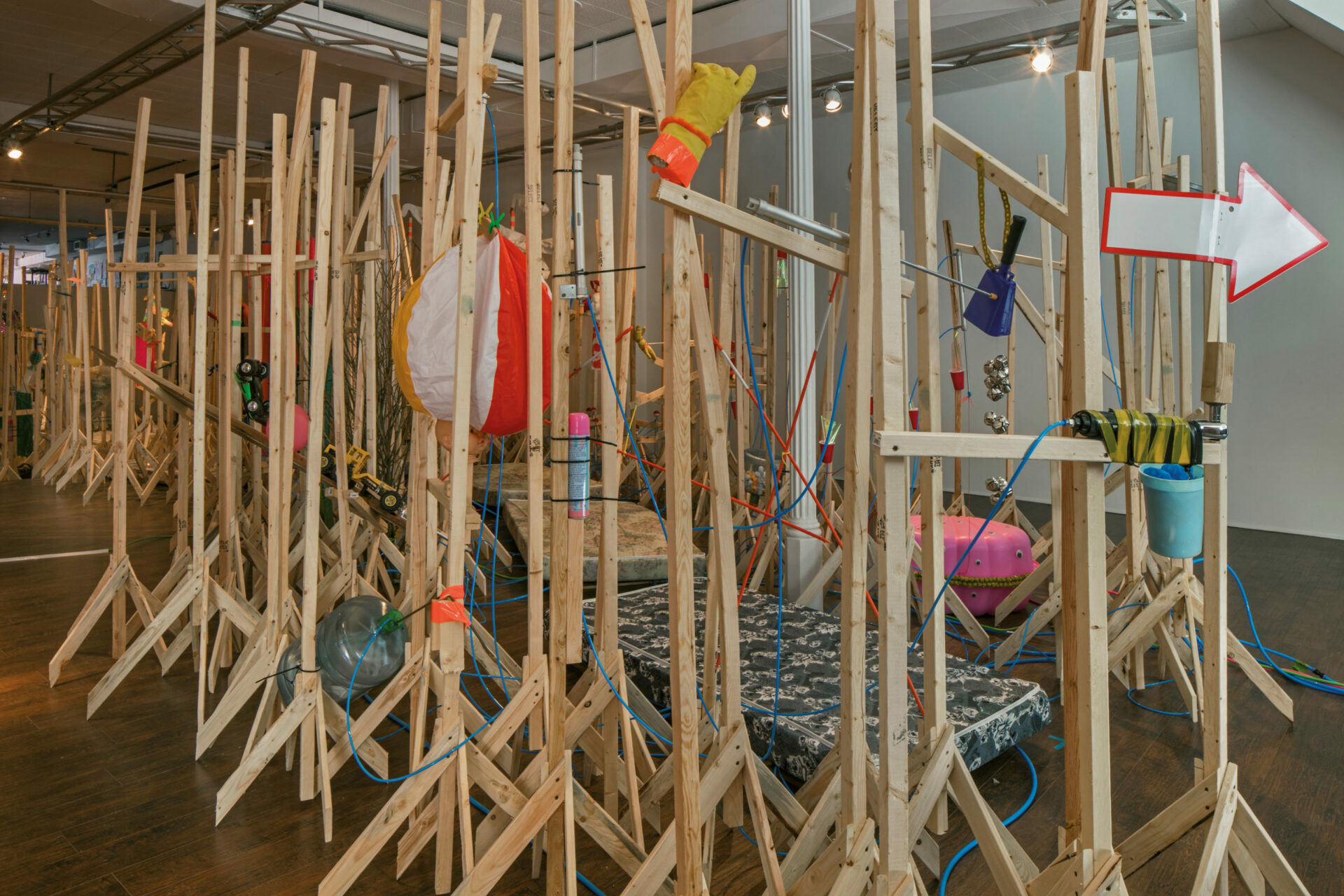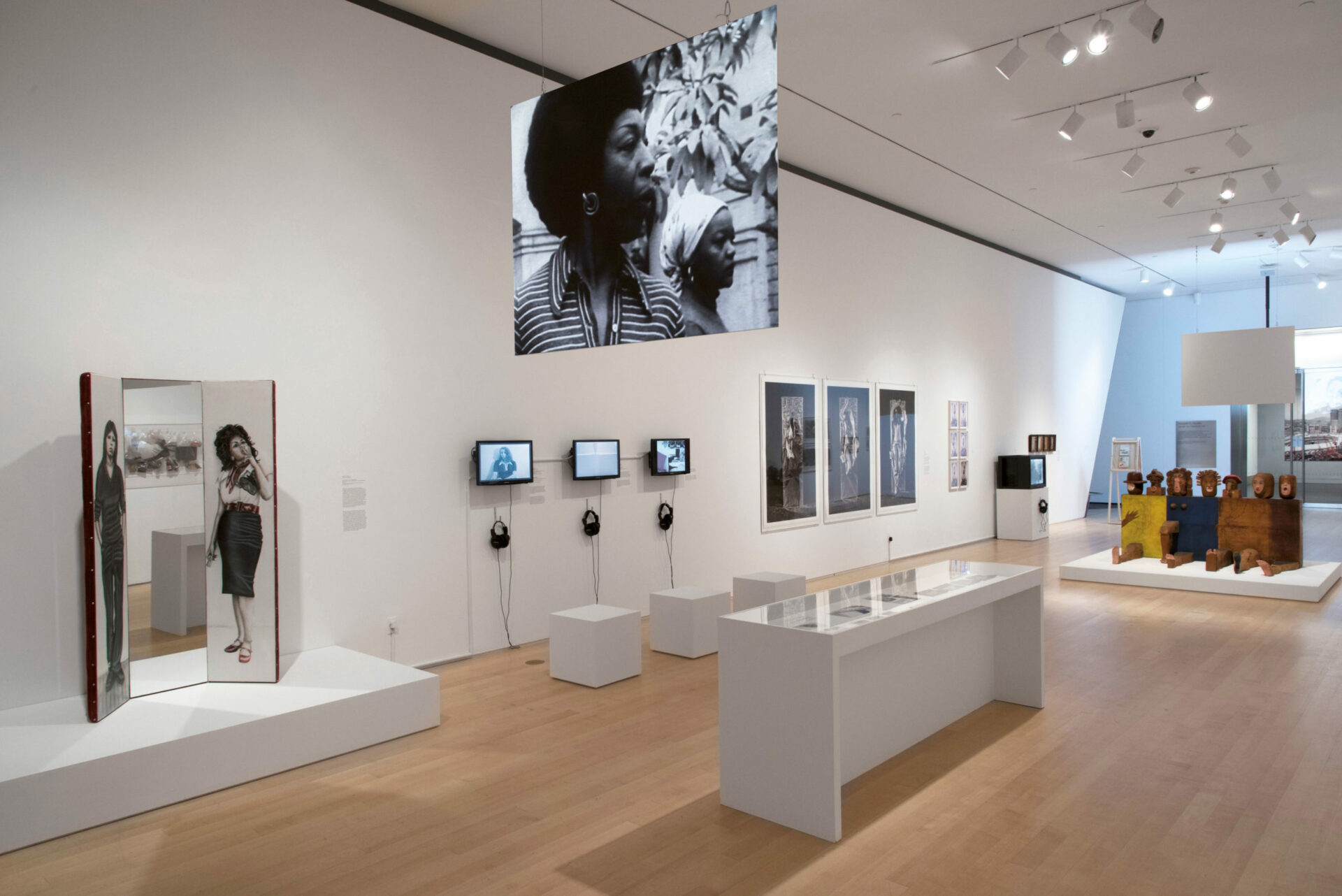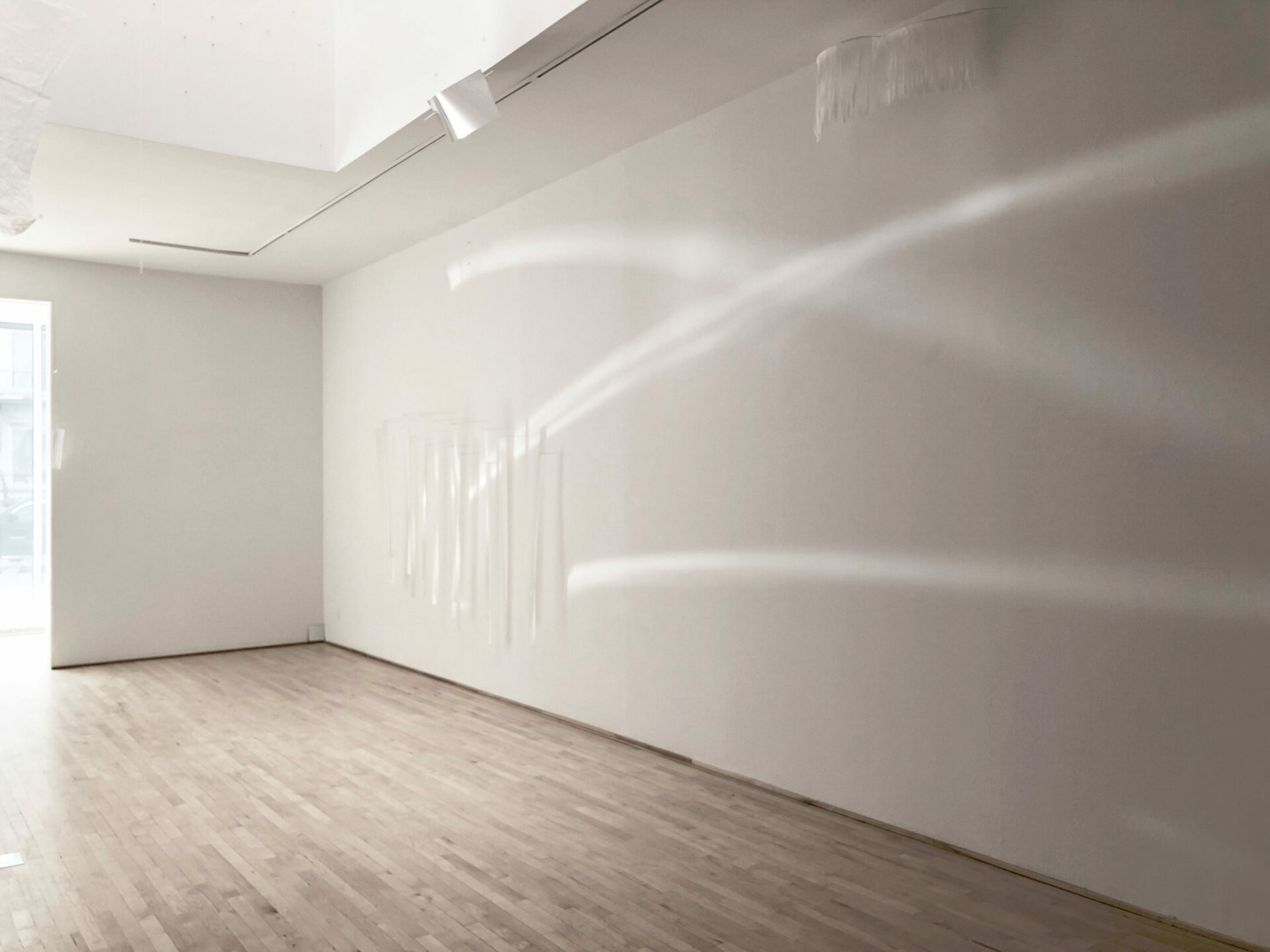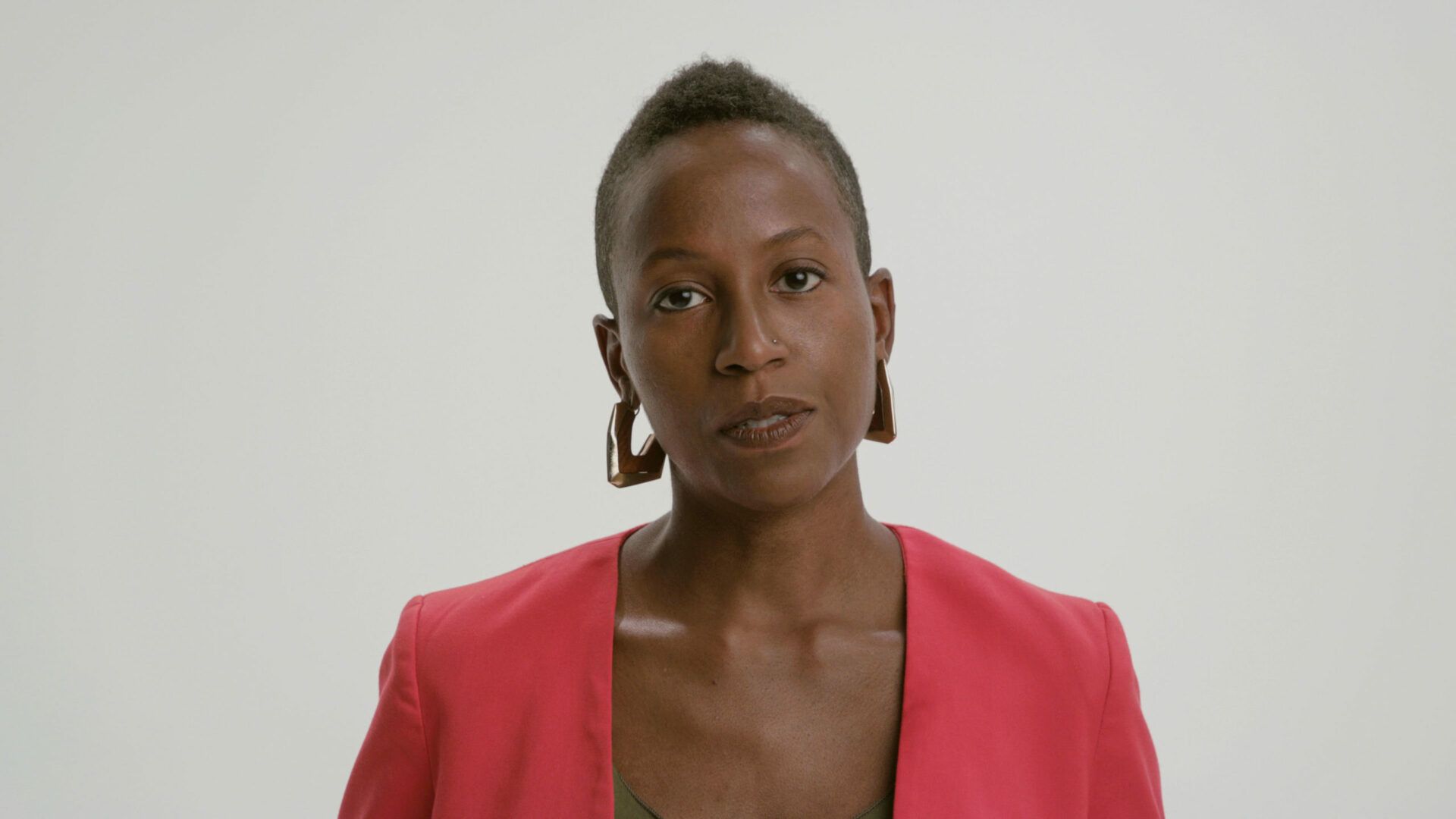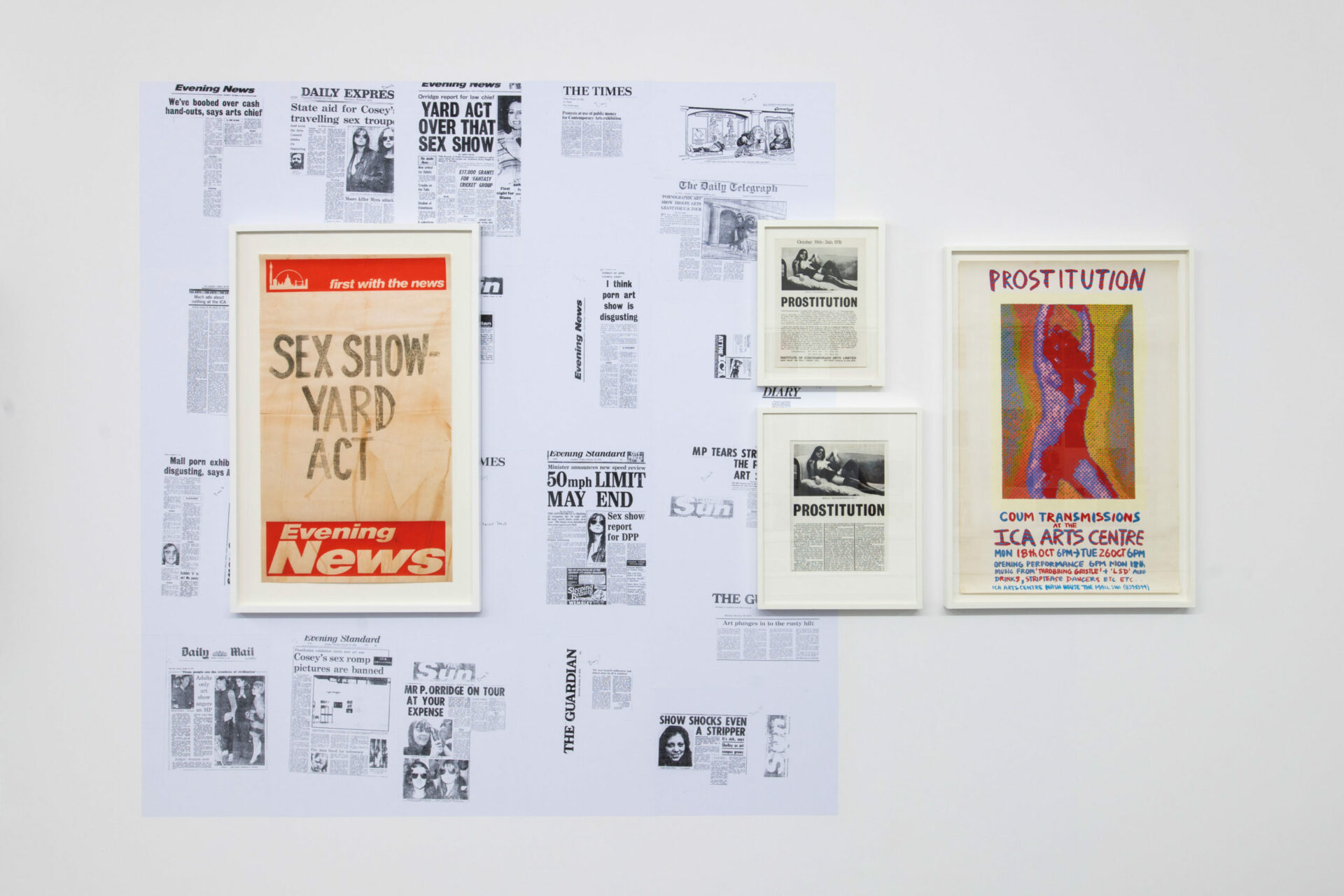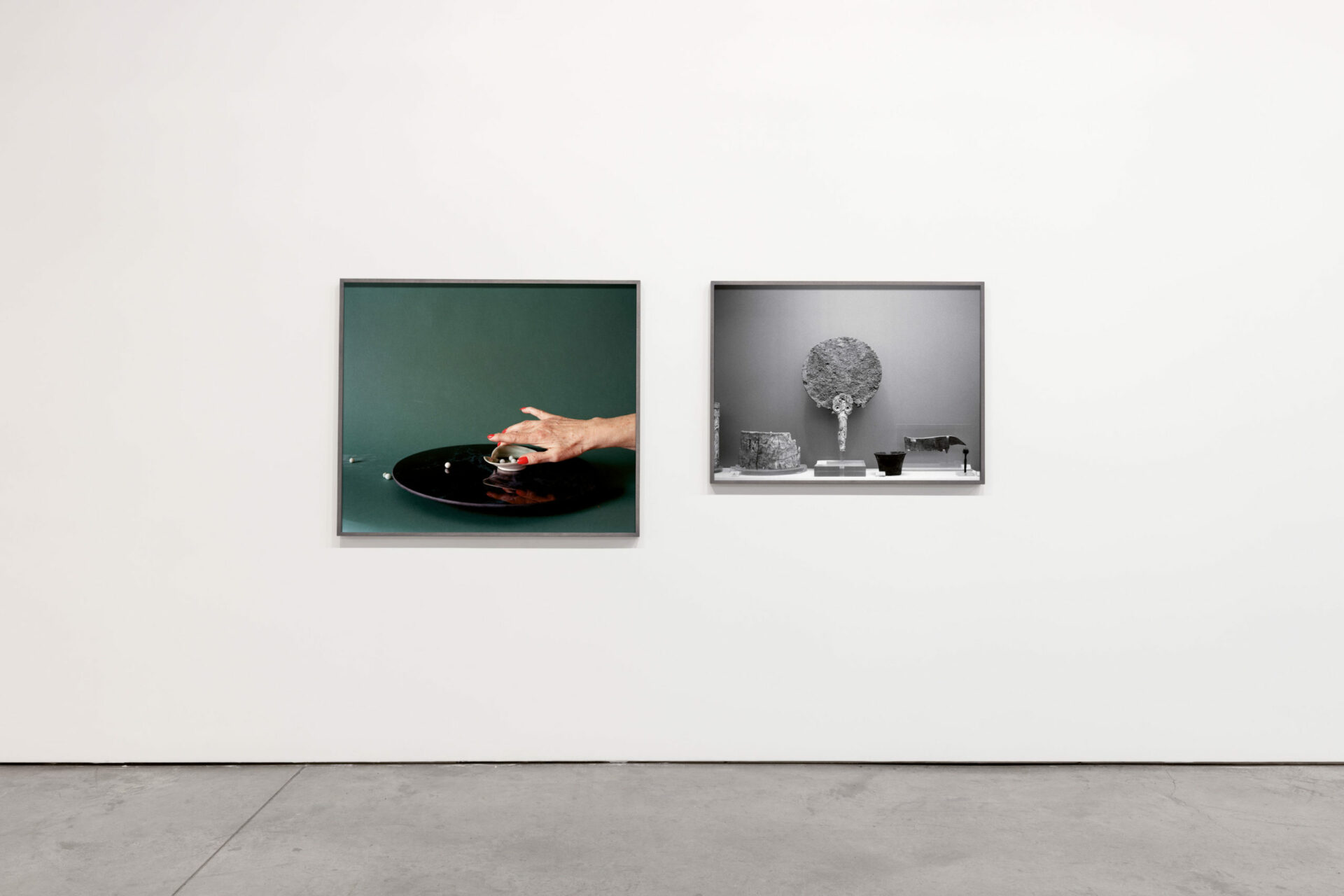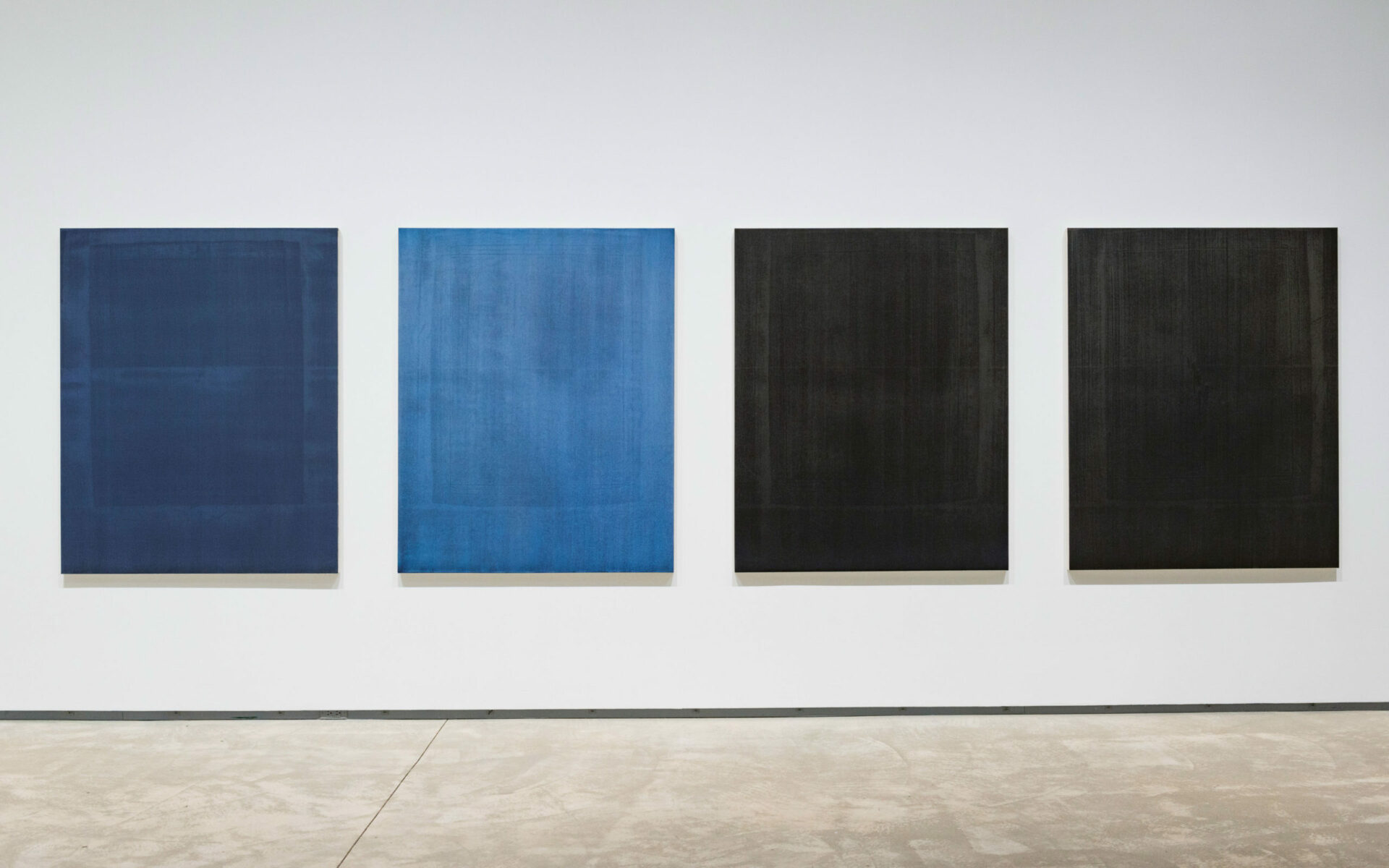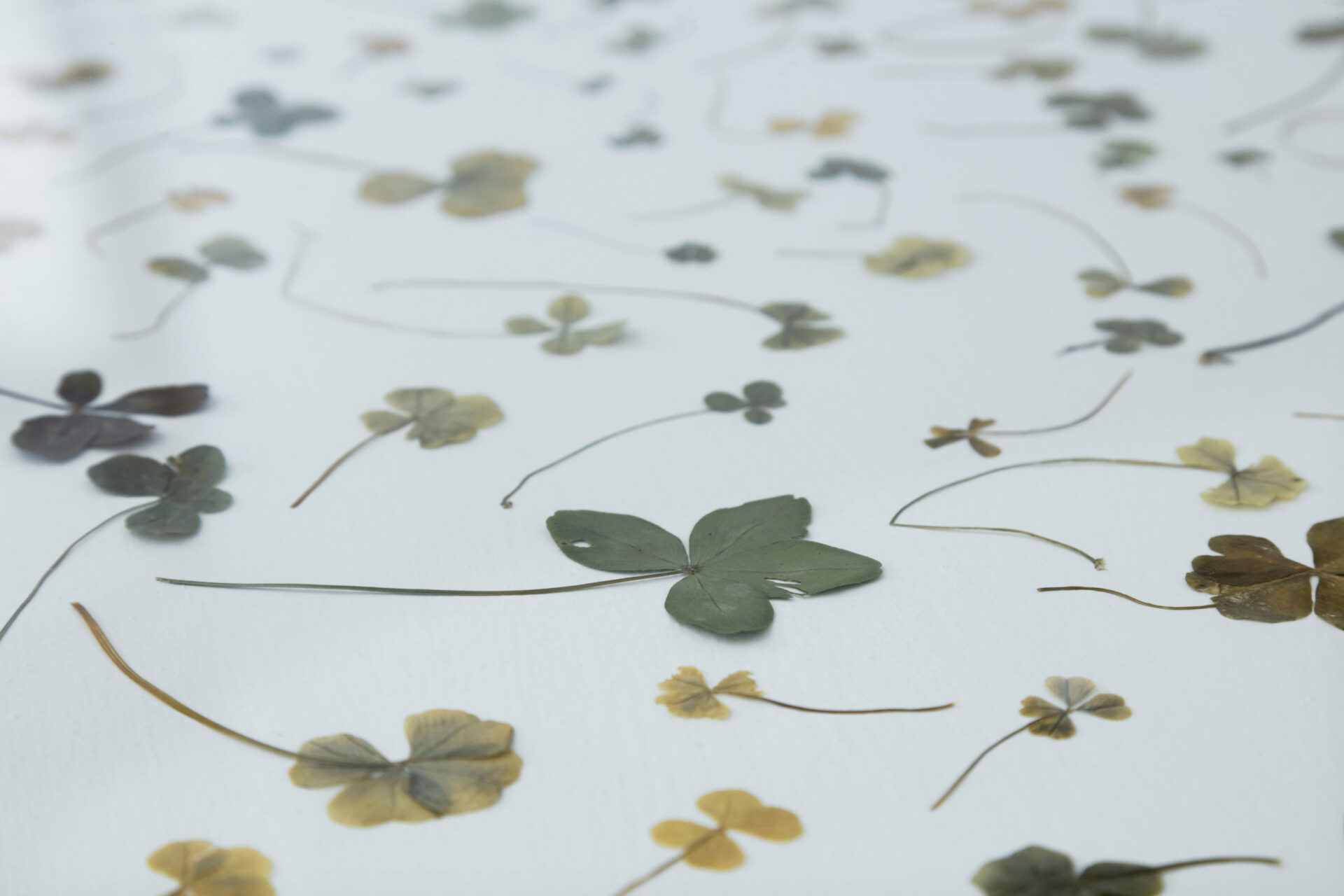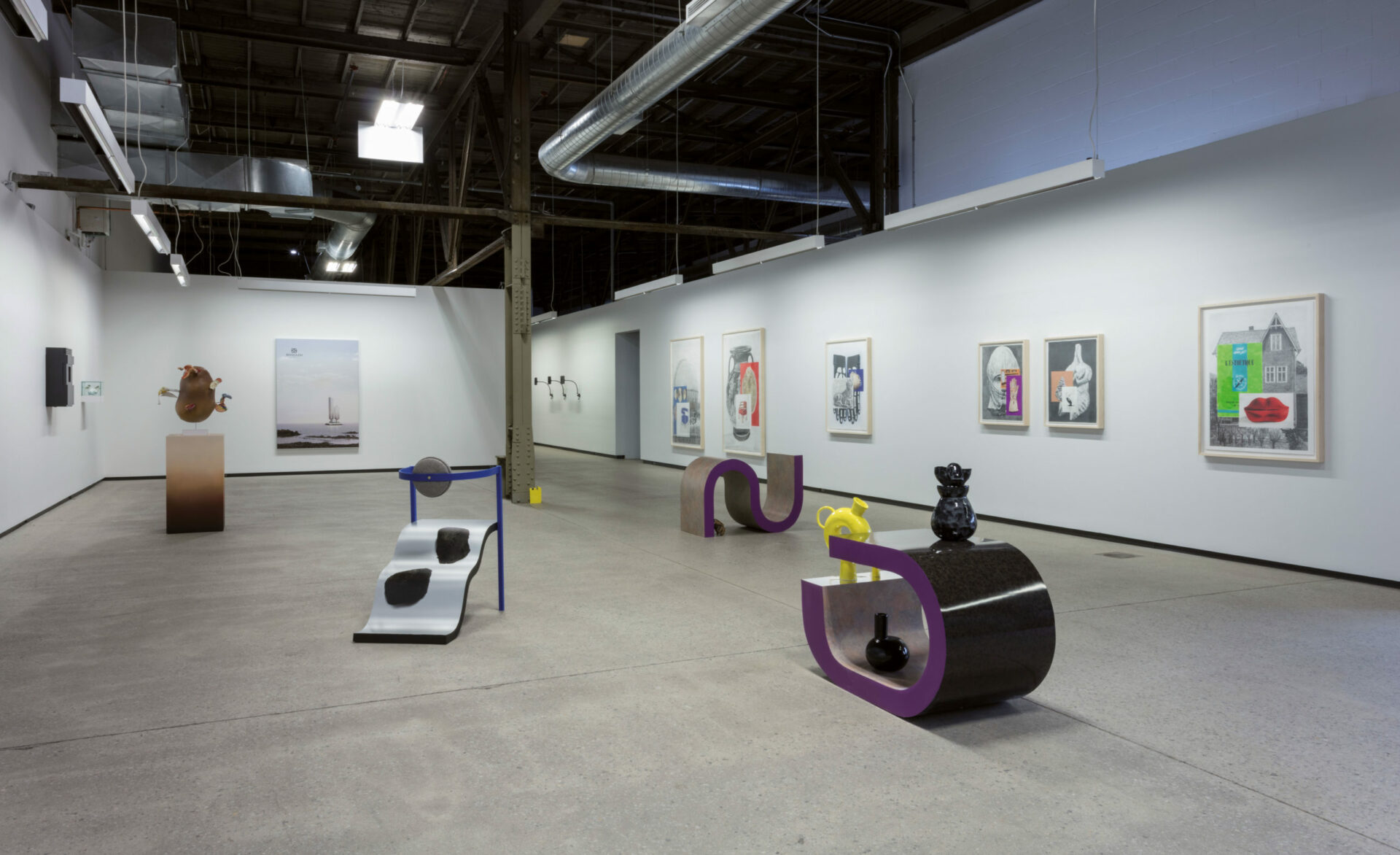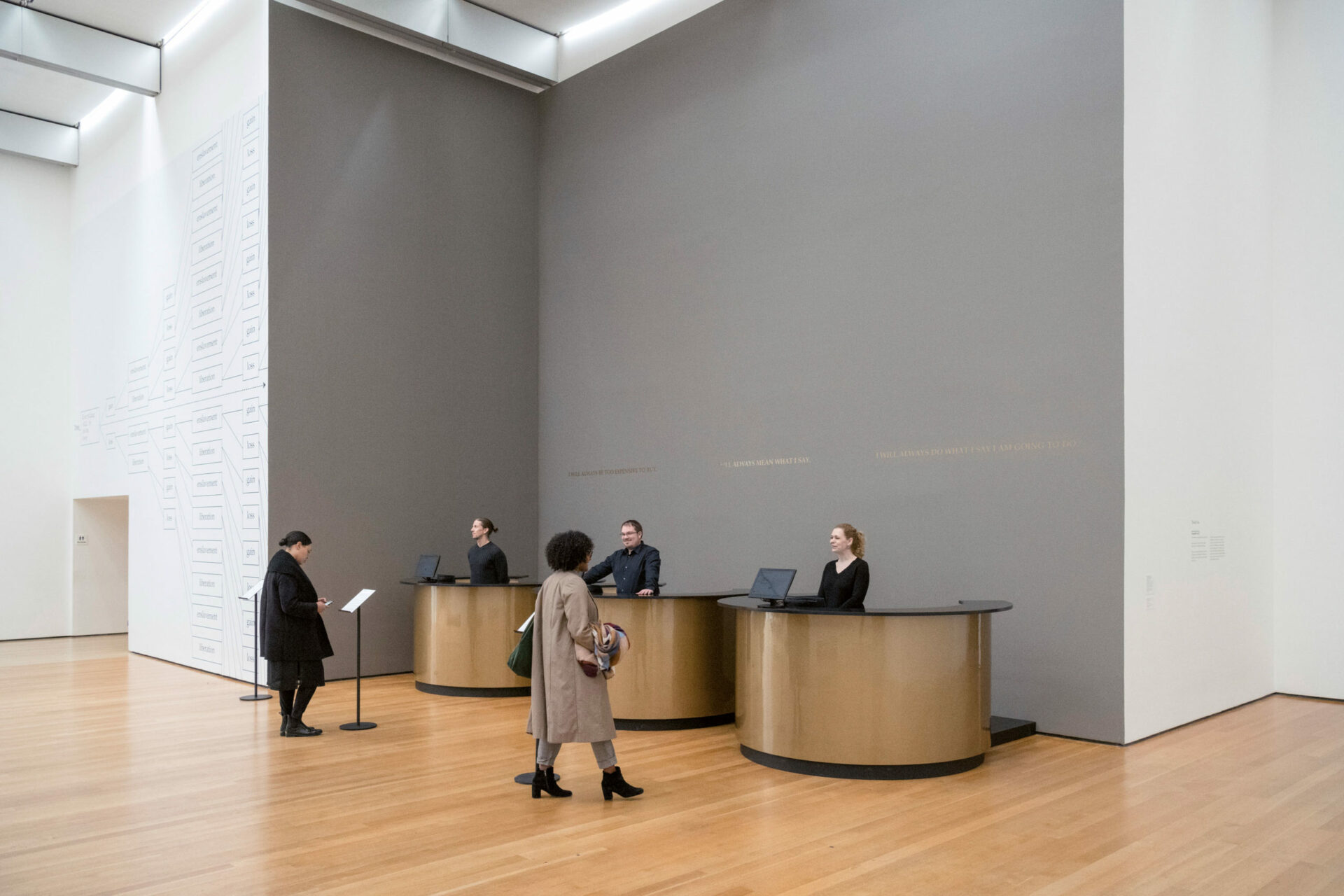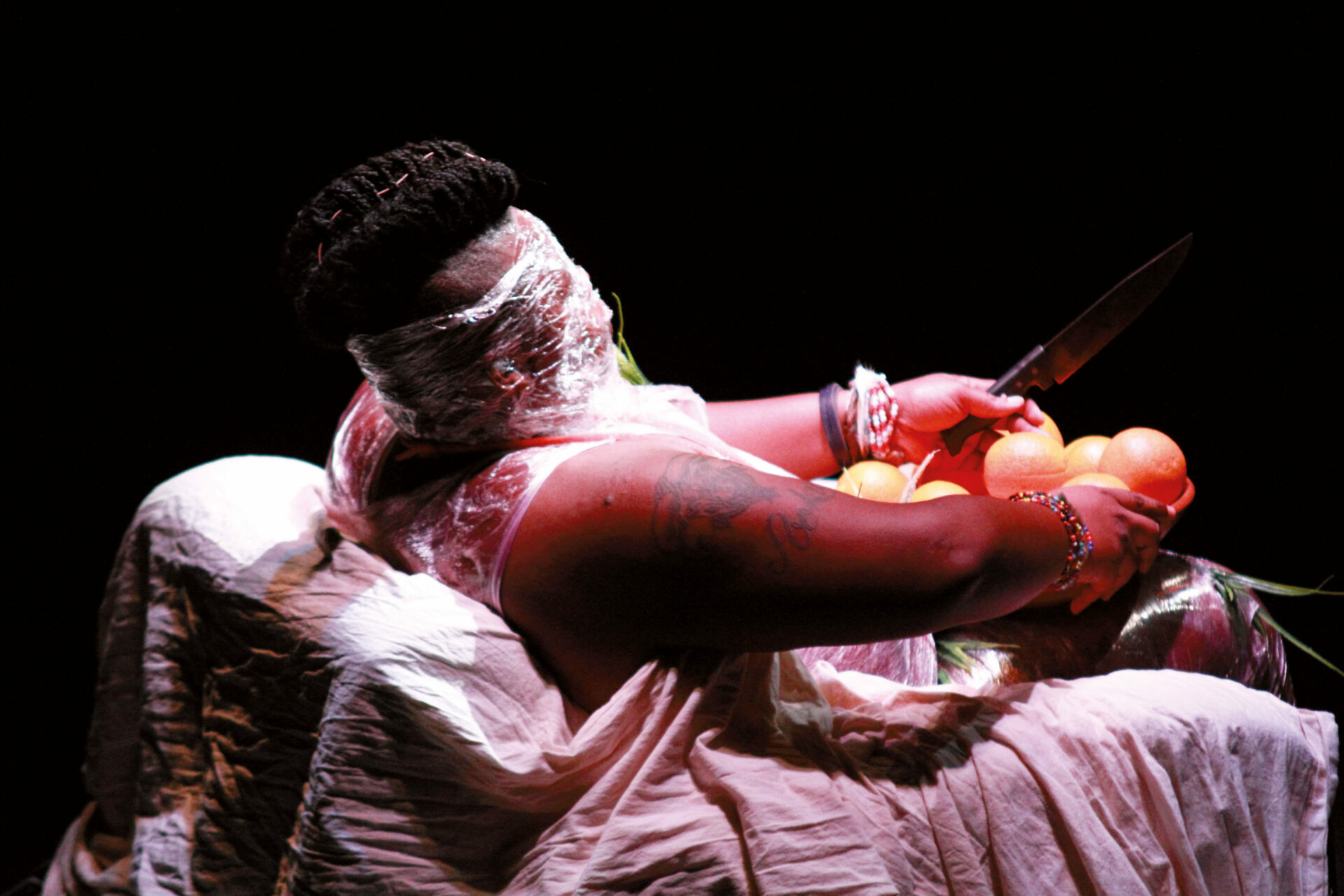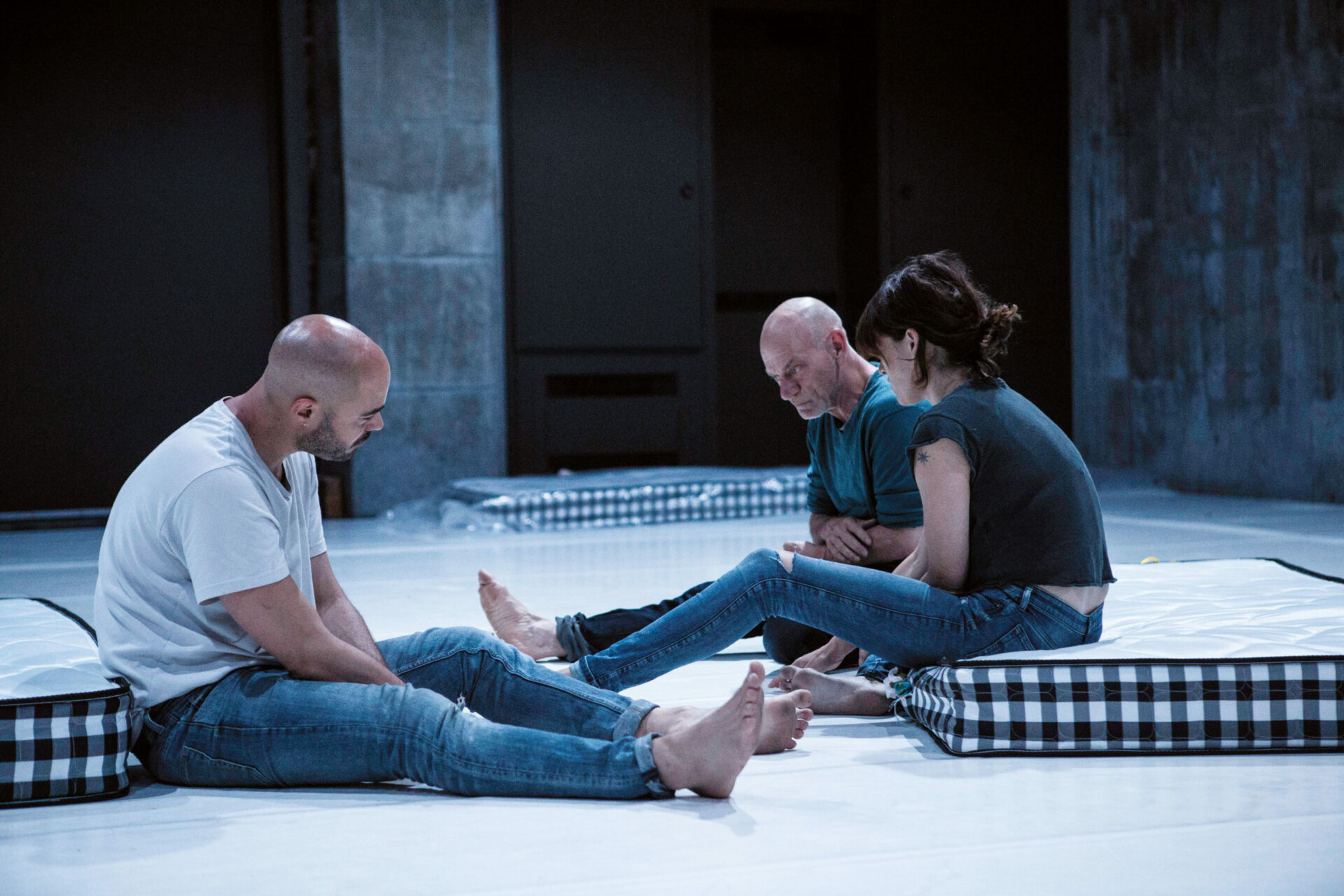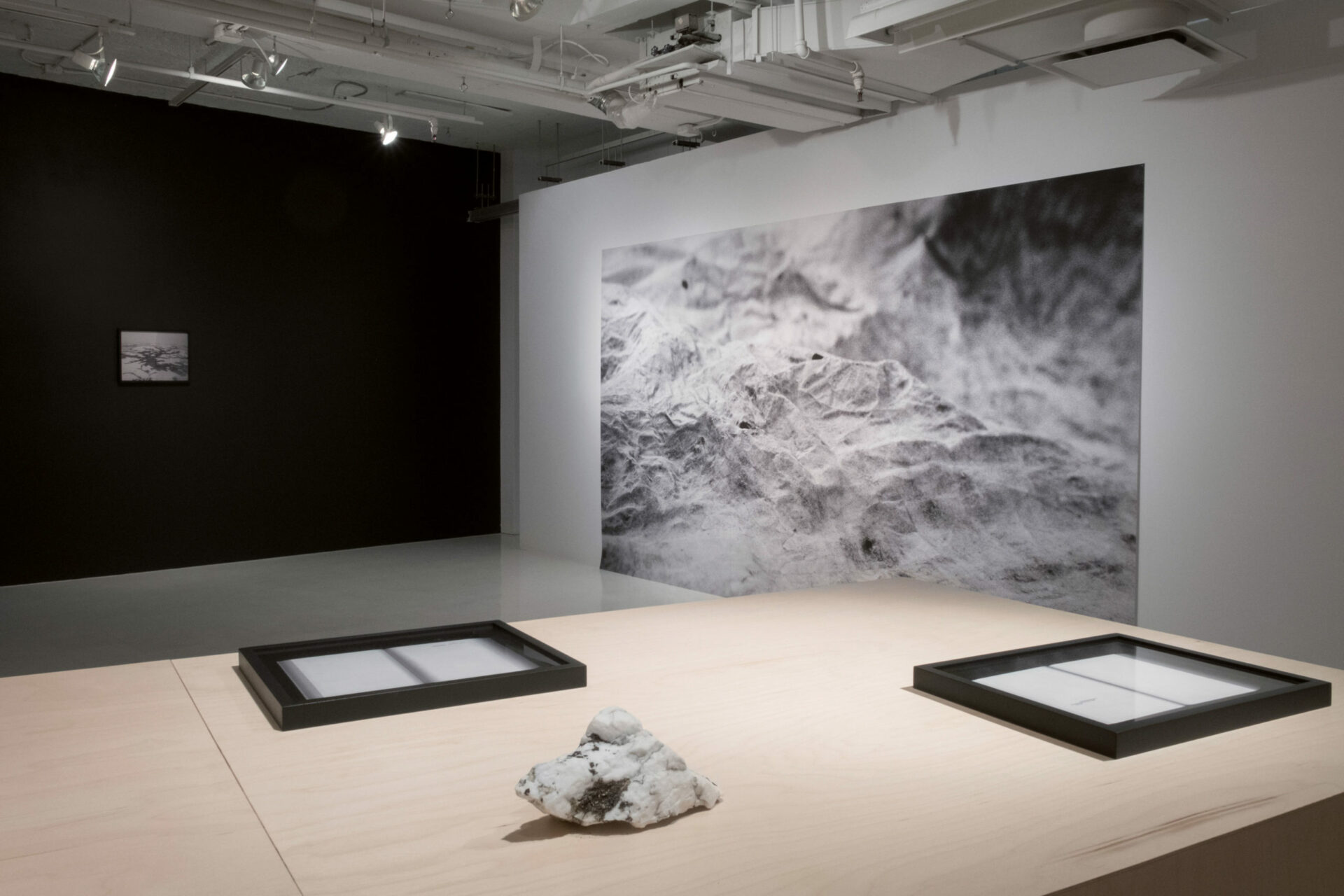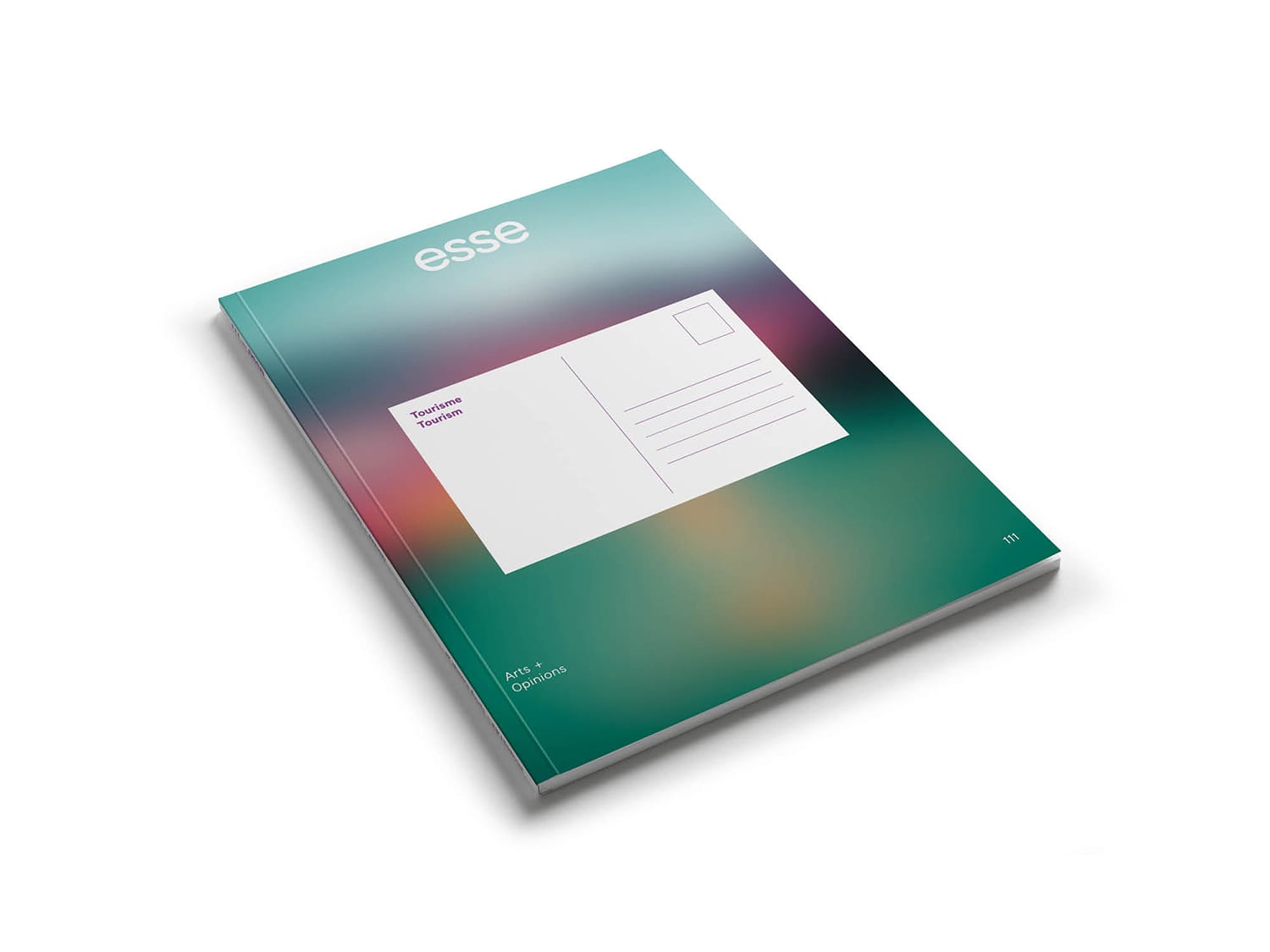Summary
94
Labour
Fall 2018
How do artists grapple with labour? Are they as alienated from capitalism as other workers are or can they act as models for imagining a life less focused on work? This feature section reflects on the issues of work time and unproductive work, the exceptionalism of art, the mechanisms of bureaucratic power, and the voluntary or self-exploitation of artists by addressing in a sensitive and engaged manner the tensions raised by these challenges, whether in relation to power dynamics, unequal working conditions, or the use of an unpaid workforce. The issue also discusses art practices that shed light on the situation of other workers—their pay conditions, their daily tasks, their physical or mental experience, as well as the materials that accompany their labour.
Editorial
Feature
Portfolios
Off-Features
Columns
Reviews
Young Critics
Current Issue
Tourism
Spring Summer 2024
Because it is essential for it to be open to the world, art is particularly affected by concerns related to planetary travel. From a position at the intersection of contemporary art, leisure, ecology, and destination culture, Esse no. 111 observes artists’ and critical thinkers’ strategies for revisiting the very notion of tourism. Although the harmful impacts of the tourism industry are beyond question, the thematic section avoids falling prey to tourismphobia and simply pointing out its failures. Rather, this issue offers a guided tour of situations and places where art and tourism converge.


